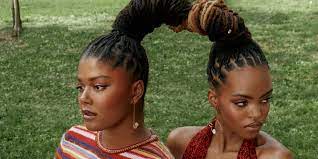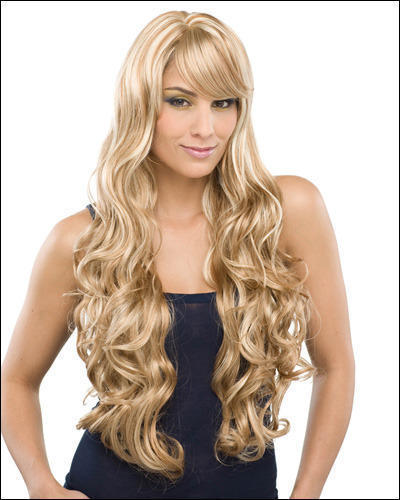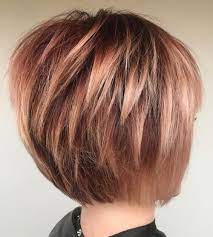
Many black women are turning to locs – rope-like strands of hair thatthat form over time – as an alternative hair care style.
Are You Thinking About Starting to Wear Braids or Craving a Mohawk?
Braids are an iconic style, exuding confidence and individuality. Wear them in a side-swept do, adding colorful beads for flare!
Starting a loc journey has many routes – braiding or two-strand twists are among the many viable methods, interlocking or crocheting being some others that offer distinct advantages and can all contribute to its own journey. Each technique offers distinct advantages.
Starter Phase
The Starter Phase of locs is where most of their journey begins. Here, a variety of starter loc styles that will eventually mature into mature locs with time, patience, and care. Your selected type will depend on your hair texture and desired end look.
Start right with two-strand twists for durable locs suitable for beginners. Braids may also help avoid tangles and frizz during initial phases, although this pattern should fade over time as your locs take their proper form.
At this stage, your locs may take on a puffy appearance with uneven sizes. To address this, sulfate-free shampoo such as Monoi Repairing Sulfate-Free Shampoo can help smooth away frizz and buildup for better-looking locks.
Budding Phase
At this stage, your hair will begin to clump together or “budding.” It is common for locs to experience this phase, typically lasting six months to one year. Budding may occur anywhere on your head from the ends or middle area close to the roots.
At this stage, following a healthy and regular loc maintenance routine is vital to avoid buildup. Over-manipulation could cause your locs to unravel or become knotted over time.
As your locs enter their teenage phase, they’ll gradually thicken and interlock more closely together, appearing puffy or uneven at this stage – this is perfectly normal as this marks the last step before maturation and complete rooting occurs. You can still wear various styles, including two-strand twists, comb coils, freeform braiding, and sisterlocs styles.
Teenage Phase
Once your locs leave the “budding stage” and enter their teenage phase, they’ll start to resemble afro puffs while feeling and appearing thicker. This stage can last up to one year, and it is essential to trim your hair sparingly during this phase; regular moisturizing, cleansing, and nourishing of both scalp and locks is necessary.
“To keep new growth hydrated, NaturAll’s Avocado Kiwi Sulfate-Free Shampoo and Hydrating Avocado Kiwi Conditioner are two effective choices,” suggests Faulk. Additionally, products containing silicones or other synthetic ingredients should be avoided, which may build up on the scalp, leading to dry scalp conditions or tight locs with flaky appearances. Overprocessing should also be avoided to prevent traction alopecia, which causes thin spots at the roots of locs. To get professional color services from an experienced stylist.
Mature Phase
At this stage, your locs will begin to lock. While this may take some time, the process can be more straightforward with regular washing and applying nourishing oil or hair products that help retain moisture for your locks. Re-waxing is also necessary to keep a smooth appearance and avoid frizzing up over time.
The teenage phase is an excellent time to experiment with various styles, lasting approximately one year. While this period might prove challenging as your locs act more like teens than adults, it will only last for several months until the mature phase (also known as the “rooted or adult stage”) takes hold.
At this stage, your locs should look full and dense while not unraveling as quickly when being manipulated. They should feel heavier than before, and you may no longer require as frequent retwisting sessions – the ultimate aim being that you begin to witness their proper form! This is the most critical stage in the process, as now is when you can see their actual forms emerge.

